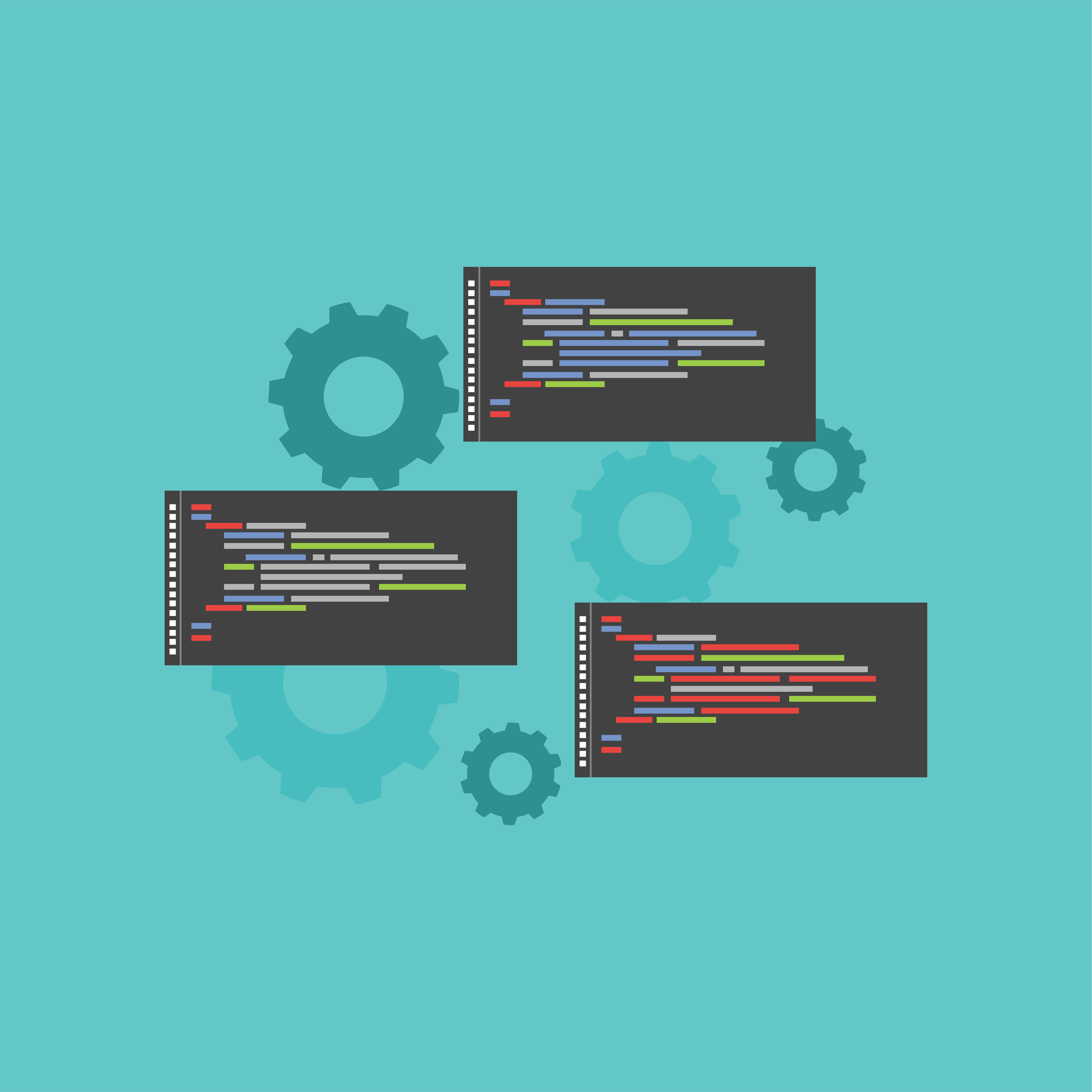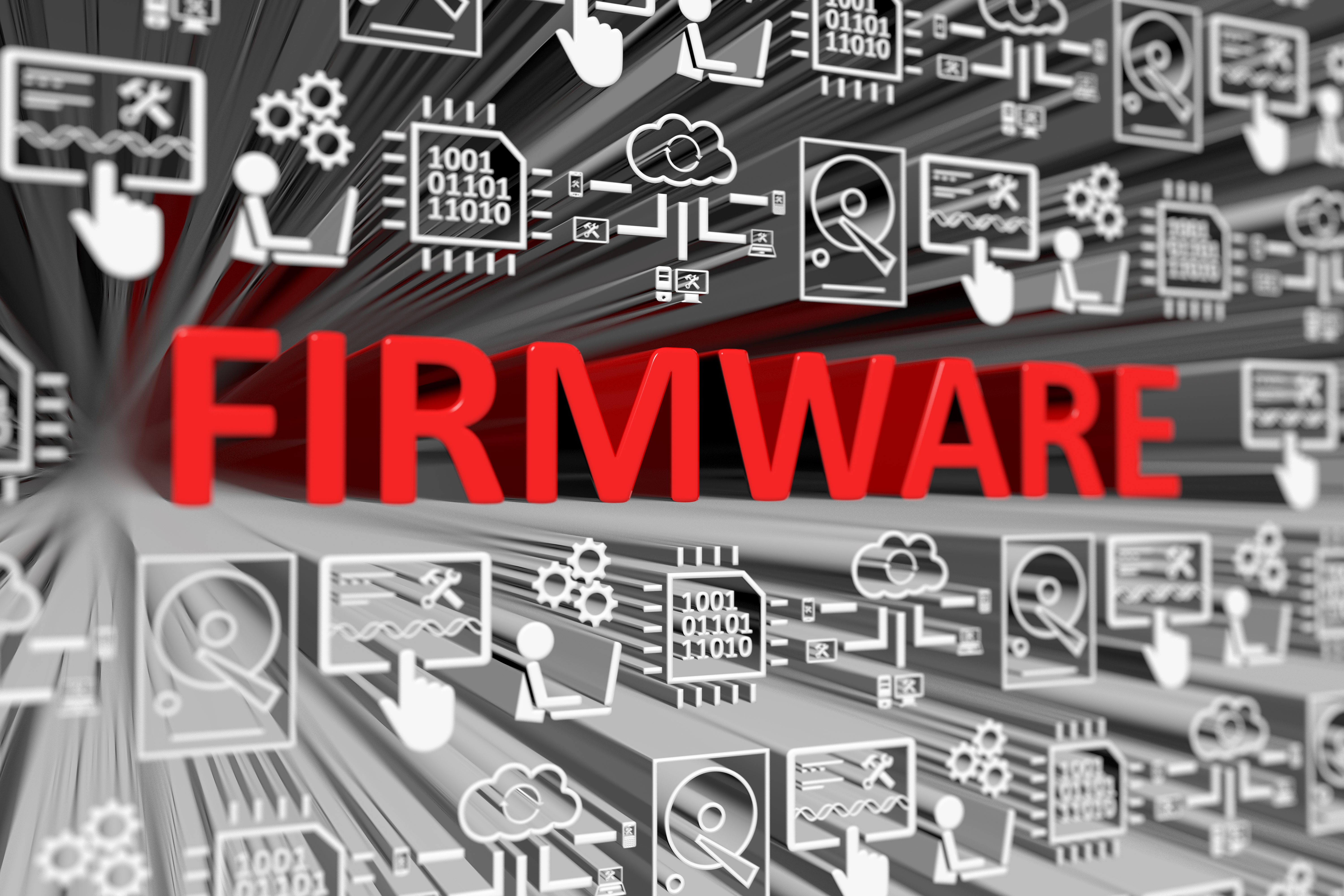 Buildings are getting smarter all the time.
Buildings are getting smarter all the time.
No, the structures at your local office park won’t be winning spelling bees or appearing on Jeopardy! But they are becoming more automated, energy-efficient, and easier to manage and protect. As a result, buildings are becoming safer, more pleasant places to live and work.
And it’s not just office buildings and condos. Smart systems are becoming more common in factories, warehouses, schools, sports venues, and even parking garages, not to mention single-family homes.
What is a “Smart Building?”
Broadly speaking, a smart building is one in which automated processes control some or all the building’s systems. That can include electrical distribution, plumbing, ventilation, lighting, communications, and security.
Traditionally, these systems no automation at all. You could adjust a thermostat, for example, to make a room warmer or colder, but you couldn’t program it to turn off at night or when the room wasn’t occupied.
Now, systems and components have sensors, actuators, and digital controllers that open new worlds of automation. They enable disparate systems to be integrated.
Consider some of the innovative systems that are now being incorporated into various types of buildings:
- Electrical distribution – In communities with demand-based electricity pricing (Prices go up during periods of high demand.), smart buildings can communicate with the power utility and adjust electrical loads in response to price signals.
- Elevators – Instead of going up or down in response to button pushes, elevator banks can work together, using algorithms to optimize the car availability at each floor in response to demand. In an emergency, all elevators can automatically switch to “firefighter” mode, descending to a designated floor to be available for firefighter use.
- HVAC – Heating, ventilation, air-conditioning systems can incorporate sensors that not only detect the temperature in a room but approximate how many people are there. They then adjust the room’s heating or cooling accordingly. When the occupants leave for the day, the system can adjust the temperature to optimize system efficiency. It can also return to a comfortable level before people come in the next day.
- Lighting – Lighting systems can leverage “people sensors” to reduce energy use by turning lights down or off when people are not present. It can adjust the lighting level according to ambient sunlight as well.
- Mechanical systems – Sensors installed in various building mechanical systems can detect abnormal conditions that could indicate an impending component or system failure. This can alert maintenance in time for them to do something about it before it becomes a full-blown problem.
Bringing It All Together: BACnet
The real beauty and innovation in smart building management systems (BMS) lies in the ability of its systems to work together for greater efficiency and more functionality. In order to realize the benefits of integration, connected systems need to communicate with one another using the same language. For many systems, that language is BACnet.
BACnet (building automation and control network) is an electronic communications standard designed for building automation and monitoring systems. By implementing the BACnet standard, systems from different manufacturers can be integrated without relying on manufacturer-specific, proprietary protocols.
At one time, manufacturers would devise proprietary communications protocols that only their systems understood. This locked architects and contractors into buying all of the building’s systems from one source.
That was great for the manufacturer, but not necessarily for the buyer. Every building is different and has unique automation requirements. No manufacturer makes all possible building automation systems, so many buildings ended up with systems from different manufacturers. And the systems couldn’t talk to each other.
In the 1990s the American Society of Heating, Refrigerating and Air-Conditioning Engineers (ASHRAE) developed BACnet. BACnet enabled tighter integration among different systems, enabling builders to acquire and integrate the right equipment for a building, rather than making-do with systems that might only meet a few of the building’s needs.
BACnet became a U.S. standard in 1995 and an international standard in 2003. It supports most common data communication protocols, including the TCP/IP standard most data networks use today.
Because it enables integration between many different systems, BACnet allows the development and deployment of holistic building management systems (BMSs). Building engineers or facilities personnel can monitor and control all systems from a single application, and the application can be customized to automate a wide range of building system activities.
What a BACnet-Powered Application Can Do
With BACnet, a BMS can be designed to respond automatically to all kinds of scenarios. For example, smoke or fire detected in a particular part of the building can trigger the following actions:
- Notify the local fire department, and send them a map of the building showing where the fire was detected
- Open emergency exit doors
- Play an audio message on the building’s public-address system, informing occupants where the fire was detected and directing them to evacuate
- Reposition dampers in the ventilation system so that smoke from the affected location is directed outside and not circulated through the building
- Send all elevators to the ground floor
- Show evacuation maps on the building’s TV monitors and digital signage
- Trigger visual and audible fire alarms throughout the building
- Trip circuit breakers for electrical circuits in the affected area; a crucial response if it’s an electrical fire
That’s just one scenario in which multiple, integrated building systems use BACnet for a necessary response. With BACnet, the possibilities are endless.
Developing BACnet-Based Applications
Because every building is different, there’s no cookie-cutter software that can meet the building automation requirements of every building. Industrial buildings in particular might have special requirements because of the materials (such as chemicals and biological agents) or equipment found there.
In most cases, an effective, highly integrated BMS requires custom software development. The system needs to handle routine, day-to-day operations as well as emergency scenarios that need quick response and action, like fires, tornadoes, and earthquakes.
One advantage of such a system is that it can be designed for flexibility, enabling it to evolve as the building’s occupants and systems change. There’s no need to replace entire systems just because the building changed.
For example, an elementary school becomes a light-industrial manufacturing facility. All that’s needed is to update the BMS software to meet the new requirements. If existing systems are upgraded or new systems are added, BMS software can be modified accordingly.
We've got history
At AndPlus, we understand how to leverage BACnet to power tightly integrated, automated building management systems and deliver the “smarts” for smart buildings. We understand the safety of building occupants is critical, and we know how to develop and test BMSs that are robust against failed or unreachable components and systems.
Whether you’re designing, constructing a new smart building, renovating, or “smartifying” an existing property, we can help. Bring us your smart-building visions and requirements, and we can design and build a BMS to bring those visions to life.

















